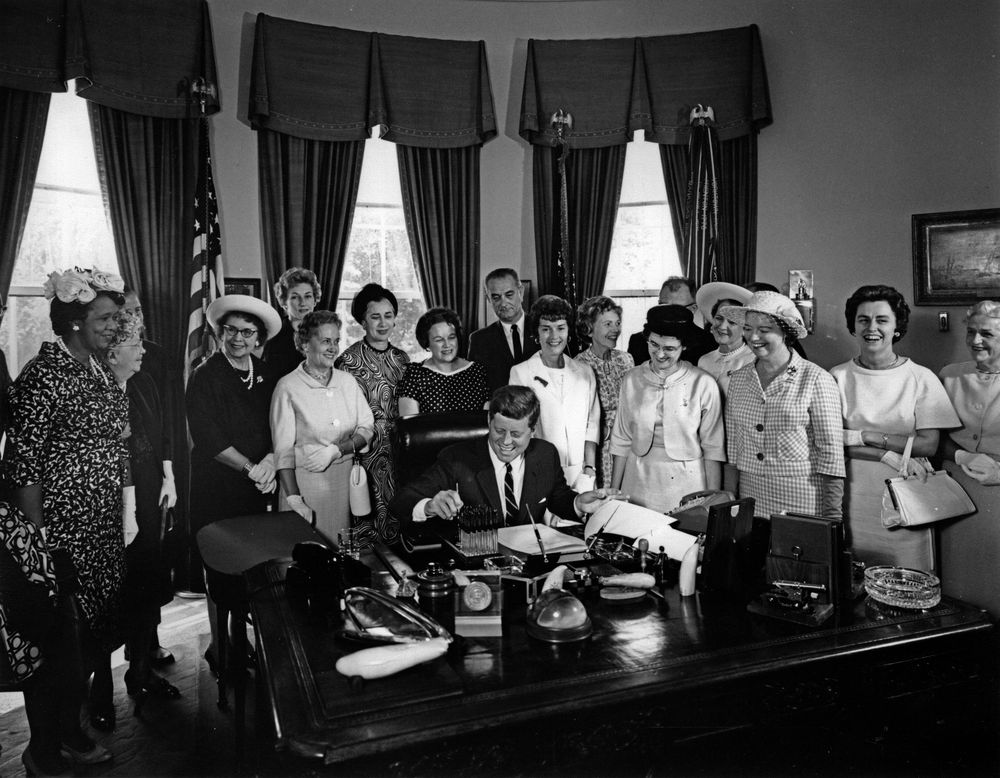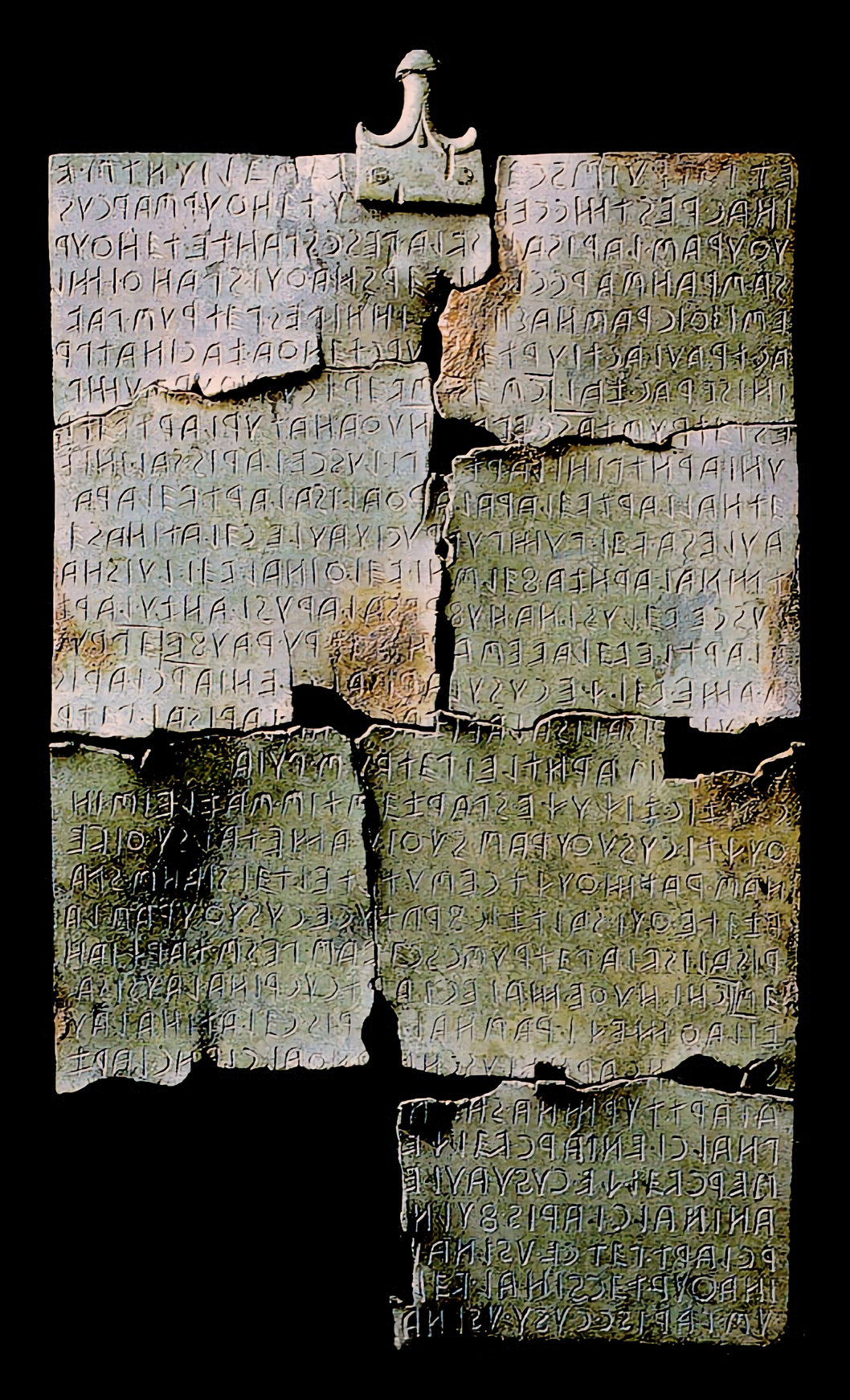|
April Street
April Street (born 1975) is an American artist acclaimed for painting and installation art. Street is known for her paintings where she begins with a private act of wrapping her body in swathes of fabric, and then choreographing herself dipping into various pools of paint. She then covers her canvases with paint-streaked hosiery fabric, like flesh over bone, that exist in a plane between sculpture and painting, similar to artists Louise Bourgeois, Eva Hesse, and Carolee Schneemann. Work A Los Angeles-based artist, whose work has been exhibited throughout Southern California and internationally. Street studied bronze casting in Cortona, Italy and painting at School of the Art Institute of Chicago. Referencing history, exploration, mythology, and art history, Street's works combine the material experimentation of Second-wave feminism with allusions to the theatricality, illusionism, and palette of 17th-century Dutch still-life painting. Street has had solo exhibitions at the ... [...More Info...] [...Related Items...] OR: [Wikipedia] [Google] [Baidu] |
Tennessee University
The University of Tennessee (officially The University of Tennessee, Knoxville; or UT Knoxville; UTK; or UT) is a public land-grant research university in Knoxville, Tennessee. Founded in 1794, two years before Tennessee became the 16th state, it is the flagship campus of the University of Tennessee system, with ten undergraduate colleges and eleven graduate colleges. It hosts more than 30,000 students from all 50 states and more than 100 foreign countries. It is classified among "R1: Doctoral Universities – Very high research activity". UT's ties to nearby Oak Ridge National Laboratory, established under UT President Andrew Holt and continued under the UT–Battelle partnership, allow for considerable research opportunities for faculty and students. Also affiliated with the university are the Howard H. Baker Jr. Center for Public Policy, the University of Tennessee Anthropological Research Facility, and the University of Tennessee Arboretum, which occupies of nearby Oak R ... [...More Info...] [...Related Items...] OR: [Wikipedia] [Google] [Baidu] |
Los Angeles
Los Angeles ( ; es, Los Ángeles, link=no , ), often referred to by its initials L.A., is the largest city in the state of California and the second most populous city in the United States after New York City, as well as one of the world's most populous megacities. Los Angeles is the commercial, financial, and cultural center of Southern California. With a population of roughly 3.9 million residents within the city limits , Los Angeles is known for its Mediterranean climate, ethnic and cultural diversity, being the home of the Hollywood film industry, and its sprawling metropolitan area. The city of Los Angeles lies in a basin in Southern California adjacent to the Pacific Ocean in the west and extending through the Santa Monica Mountains and north into the San Fernando Valley, with the city bordering the San Gabriel Valley to it's east. It covers about , and is the county seat of Los Angeles County, which is the most populous county in the United States with an estim ... [...More Info...] [...Related Items...] OR: [Wikipedia] [Google] [Baidu] |
Vielmetter Los Angeles
Vielmetter Los Angeles (formerly Susanne Vielmetter Los Angeles Projects) is a contemporary art gallery founded in 2000 by Susanne Vielmetter. The gallery is located in downtown Los Angeles. History Susanne Vielmetter launched her first gallery in 2000 on Wilshire Boulevard in Los Angeles, CA, before moving to a larger 7,500 square foot gallery in Culver City in 2010. In 2019, the gallery moved to its current 24,000 square foot location in downtown Los Angeles. Between 2007 and 2009, the gallery maintained a second branch in Germany, Susanne Vielmetter Berlin Projects. In an interview conducted in September 2018 by Audrey Rose Smith for The Armory Show, Susanne Vielmetter was described as "a stalwart of the Los Angeles art scene" and the gallery's roster of artists is regarded as “very balanced between male and female artists." Artists Artists represented by the gallery include: * Edgar Arceneaux * My Barbarian * Sadie Benning * Ellen Berkenblit * Andrea Bowers * Kim D ... [...More Info...] [...Related Items...] OR: [Wikipedia] [Google] [Baidu] |
Underground Museum
Noah Davis (June 3, 1983 – August 29, 2015), was an American painter, installation artist, and founder of the Underground Museum in Los Angeles. When talking about his work, Davis has said, "if I’m making any statement, it’s to just show black people in normal scenarios, where drugs and guns are nothing to do with it," and describes his work as "instances where black aesthetics and modernist aesthetics collide." Davis died at his home in Ojai, California, on August 29, 2015, of a rare form of soft tissue cancer. Early life Noah Davis was born on June 3, 1983, in Seattle, Washington. Davis was the youngest son of Keven Davis, a lawyer, and Faith Childs-Davis, an educator. His older brother, Kahlil Joseph, is a filmmaker and video artist who has also shown work at the Museum of Contemporary Art (MOCA). Beginnings and education Davis started painting in his early teenage years, and was so serious about his work that, according to his brother Kahlil, he had his own stud ... [...More Info...] [...Related Items...] OR: [Wikipedia] [Google] [Baidu] |
Still-Life Painting
A still life (plural: still lifes) is a work of art depicting mostly inanimate subject matter, typically commonplace objects which are either natural (food, flowers, dead animals, plants, rocks, shells, etc.) or man-made (drinking glasses, books, vases, jewelry, coins, pipes, etc.). With origins in the Middle Ages and Ancient Greco-Roman art, still-life painting emerged as a distinct genre and professional specialization in Western painting by the late 16th century, and has remained significant since then. One advantage of the still-life artform is that it allows an artist much freedom to experiment with the arrangement of elements within a composition of a painting. Still life, as a particular genre, began with Netherlandish painting of the 16th and 17th centuries, and the English term ''still life'' derives from the Dutch word ''stilleven''. Early still-life paintings, particularly before 1700, often contained religious and allegorical symbolism relating to the objects depi ... [...More Info...] [...Related Items...] OR: [Wikipedia] [Google] [Baidu] |
17th-century Dutch Artists
The Dutch Golden Age ( nl, Gouden Eeuw ) was a period in the history of the Netherlands, roughly spanning the era from 1588 (the birth of the Dutch Republic) to 1672 (the Rampjaar, "Disaster Year"), in which Dutch trade, science, and art and the Dutch military were among the most acclaimed in Europe. The first section is characterized by the Eighty Years' War, which ended in 1648. The Golden Age continued in peacetime during the Dutch Republic until the end of the century, when costly conflicts, including the Franco-Dutch War and War of the Spanish Succession fuelled economic decline. The transition by the Netherlands to becoming the foremost maritime and economic power in the world has been called the "Dutch Miracle" by historian K. W. Swart. Causes of the Golden Age In 1568, the Seven Provinces that later signed the Union of Utrecht ( nl, Unie van Utrecht) started a rebellion against Philip II of Spain that led to the Eighty Years' War. Before the Low Countri ... [...More Info...] [...Related Items...] OR: [Wikipedia] [Google] [Baidu] |
Second-wave Feminism
Second-wave feminism was a period of feminist activity that began in the early 1960s and lasted roughly two decades. It took place throughout the Western world, and aimed to increase equality for women by building on previous feminist gains. Whereas first-wave feminism focused mainly on suffrage and overturning legal obstacles to gender equality (''e.g.'', voting rights and property rights), second-wave feminism broadened the debate to include a wider range of issues: sexuality, family, domesticity, the workplace, reproductive rights, ''de facto'' inequalities, and official legal inequalities. It was a movement that was focused on critiquing the patriarchal, or male-dominated, institutions and cultural practices throughout society. Second-wave feminism also drew attention to the issues of domestic violence and marital rape, created rape-crisis centers and women's shelters, and brought about changes in custody laws and divorce law. Feminist-owned bookstores, credit unions, and r ... [...More Info...] [...Related Items...] OR: [Wikipedia] [Google] [Baidu] |
Cortona
Cortona (, ) is a town and ''comune'' in the province of Arezzo, in Tuscany, Italy. It is the main cultural and artistic centre of the Val di Chiana after Arezzo. Toponymy Cortona is derived from Latin Cortōna, and from Etruscan 𐌂𐌖𐌓𐌕𐌖𐌍 (curtun). This may be related to Indo-European *ghortos meaning "enclosed place" and consequently walled city like Latin hortus, German Garten, Italian orto, English yard, and Slavic grad. The name may also be linked to the Phrygian town of Gordium in Anatolia, although the founding myth for the latter is that it was named after founder, King Gordias. However, the Etruscan language is probably a pre-Indo-European language, and therefore if it was named by the Etruscans, an Indo-European etymology is uncertain. The Umbrian language, by contrast, is an Italic language, so if it was named by them, a link to Indo-European roots would be more likely. George Dennis suggests that it was known by many names "Corytus, Croton, Crotona ... [...More Info...] [...Related Items...] OR: [Wikipedia] [Google] [Baidu] |
Bronze Casting
Lost-wax casting (also called "investment casting", "precision casting", or ''cire perdue'' which has been adopted into English from the French, ) is the process by which a duplicate metal sculpture (often silver, gold, brass, or bronze) is cast from an original sculpture. Intricate works can be achieved by this method. The oldest known examples of this technique are approximately 6,500-year-old (4550–4450 BC) and attributed to gold artefacts found at Bulgaria's Varna Necropolis. A copper amulet from Mehrgarh, Indus Valley civilization, in Pakistan, is dated to circa 4,000 BC. Cast copper objects, found in the Nahal Mishmar hoard in southern Israel, which belong to the Chalcolithic period (4500–3500 BC), are estimated, from carbon-14 dating, to date to circa 3500 BC. In Other examples from somewhat later periods are from Mesopotamia in the third millennium BC. Lost-wax casting was widespread in Europe until the 18th century, when a piece-moulding process came to predomi ... [...More Info...] [...Related Items...] OR: [Wikipedia] [Google] [Baidu] |
Carolee Schneemann
Carolee Schneemann (October 12, 1939 – March 6, 2019) was an American visual experimental artist, known for her multi-media works on the body, narrative, sexuality and gender. She received a B.A. in poetry and philosophy from Bard College and a Master of Fine Arts from the University of Illinois. Originally a painter in the Abstract Expressionist tradition, Schneeman was uninterested in the masculine heroism of New York painters of the time and turned to performance-based work, primarily characterized by research into visual traditions, taboos, and the body of the individual in relation to social bodies. Although renowned for her work in performance and other media, Schneemann began her career as a painter, stating, "I'm a painter. I'm still a painter and I will die a painter. Everything that I have developed has to do with extending visual principles off the canvas." Her works have been shown at the Los Angeles Museum of Contemporary Art, the Museum of Modern Art in New York, t ... [...More Info...] [...Related Items...] OR: [Wikipedia] [Google] [Baidu] |


_-_Bouquet_of_Flowers_in_a_Ceramic_Vase.jpg)



